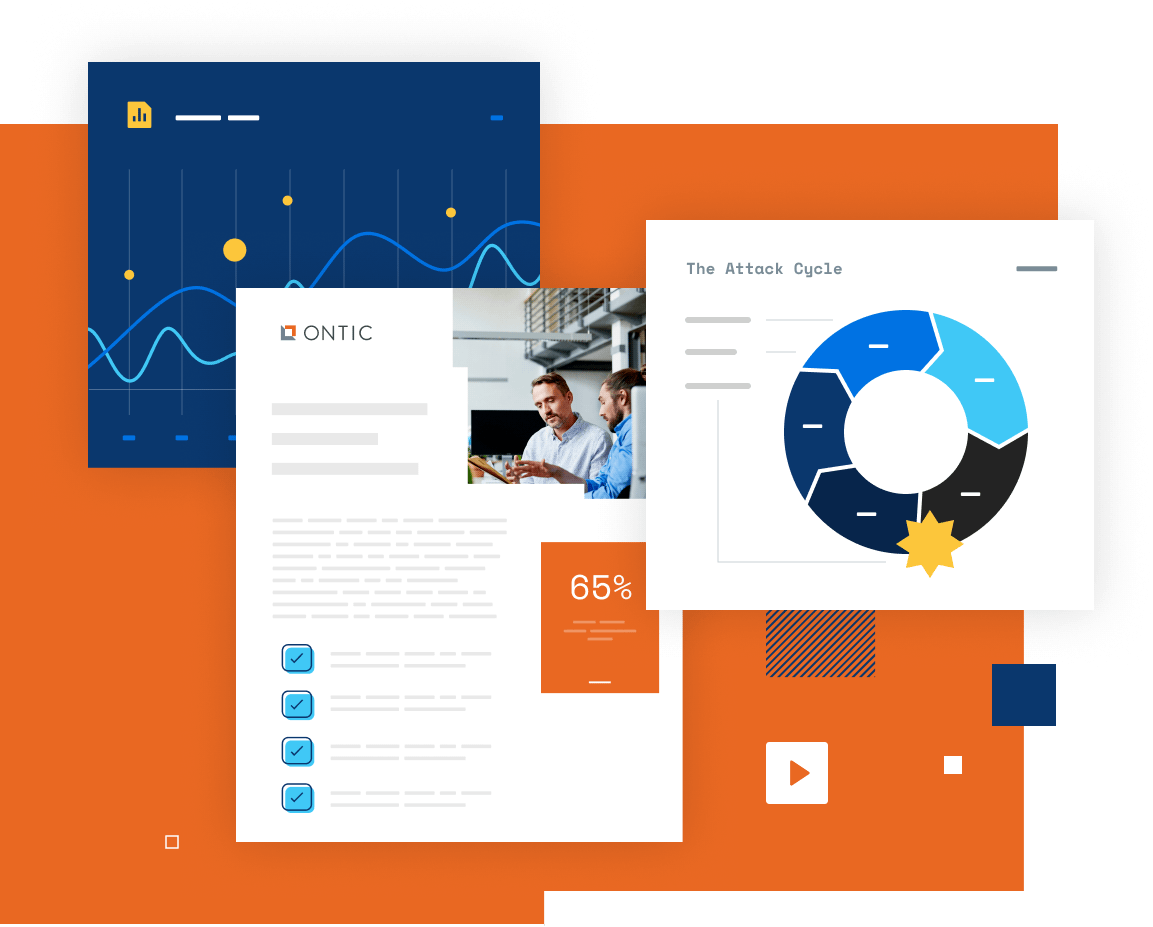Understanding the Six Core Areas of NITTF Compliance
Learn what these guidelines mean for your agency’s insider threat program and how Ontic can help

Insider threats pose a dynamic challenge for today’s federal agencies. As the risk landscape evolves, so does the need for programs that are both comprehensive and adaptable. The National Insider Threat Task Force (NITTF) guidelines, rooted in Executive Order 13587, provide federal teams with a structured approach to building, evaluating, and maturing Insider Threat Programs — not just to meet the minimum requirements, but to elevate the entire organization’s security posture.
Below, we’ve outlined each of the six core NITTF areas of compliance. Throughout, you’ll see how Ontic’s purpose-built solutions can help your agency confidently align to these standards, streamline workflows, and foster a culture of proactive, protective risk management.
The six core areas of NITTF compliance — and how Ontic helps you get there
01
Designation of senior officials: Leadership, policy, and process are key for a program to work effectively. The NITTF requires that a designated official oversee insider threat programs, coordinate with appropriate stakeholders, establish policy and processes, implement procedures, and set guidelines for records retention — all to ensure compliance and accountability.
How Ontic helps:
- Role-based dashboards keep senior officials informed with real-time metrics, KPIs, and response tracking tools.
- Governance tools simplify defining roles, responsibilities, permissions, and workflows to match organizational structures.
- Ontic’s Services team can support designated officials in building and documenting a defensible Insider Threat Program using metrics, reporting frameworks, and strategic guidance — all managed within the Ontic platform.
02
Insider threat program personnel: Creating a capable team starts with expertise. Personnel must be well-versed in counter-insider and security fundamentals, legal compliance, and standardized referral processes. This ensures your team is equipped to identify, assess, and respond to threats effectively.
How Ontic helps:
- Case management and workflow automations standardize investigative protocols for all team members, ensuring consistency and well-documented outcomes.
03
Employee training and awareness: No program works without employee buy-in. NITTF mandates that all cleared employees complete insider threat training within 30 days of employment and annually thereafter. Ongoing awareness efforts help foster a security-minded culture and reduce stigma around reporting concerns.
How Ontic helps:
- In-platform documentation to track and maintain employee training processes and materials.
- Intake forms serve as a standardized and secure (anonymous) way to report insider threat concerns.
04
Access to information: Proper insights prevent dangerous blind spots. NITTF guidelines require that Insider Threat Programs have timely access to relevant data sources — such as HR, IT, physical security, and cyber systems — to ensure potential risks are not missed. Agencies must also ensure that data sharing complies with privacy and legal regulations.
How Ontic helps:
- Integrations with systems you already use to unify information from HR systems, cybersecurity tools, and more.
- Data access controls ensure privacy and legal compliance, limiting sensitive data access to authorized team members.
05
Monitoring user activity networks: Vigilance on classified systems is vital. The NITTF emphasizes monitoring user behavior to detect unauthorized access, data exfiltration attempts, or other anomalous behavior. Monitoring must be proactive, continuous, and integrated with other security insights.
How Ontic helps:
- Integrates with SIEM systems to correlate cyber activity with broader behavioral insights.
- Connects digital indicators with physical and behavioral data through a holistic approach to threat detection and response.
06
Integration, analysis, and response: The ability to aggregate, analyze, and act quickly creates programmatic success. Agencies must address threats in a proactive, coordinated manner. The NITTF stresses the importance of breaking down information silos, facilitating intelligence sharing, and fostering collaboration across departments.
How Ontic helps:
- Accelerates response with automated alerts and triage, prioritizing cases based on customizable risk criteria.
- Promotes cross-functional collaboration with tools that connect security, HR, and legal, mirroring the NITTF’s recommended working group model.
Driving federal security forward with Ontic
Every agency has unique challenges, and Ontic is here to help you overcome them with ease. From enhancing compliance to fostering collaboration across functions, our tailored technologies ensure your Insider Threat Program is ready for what comes next.







